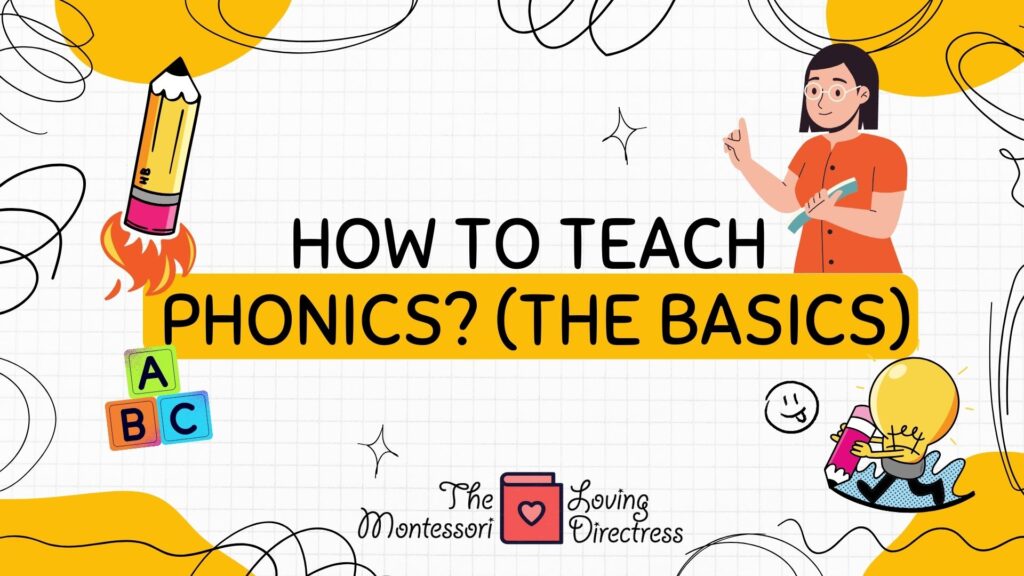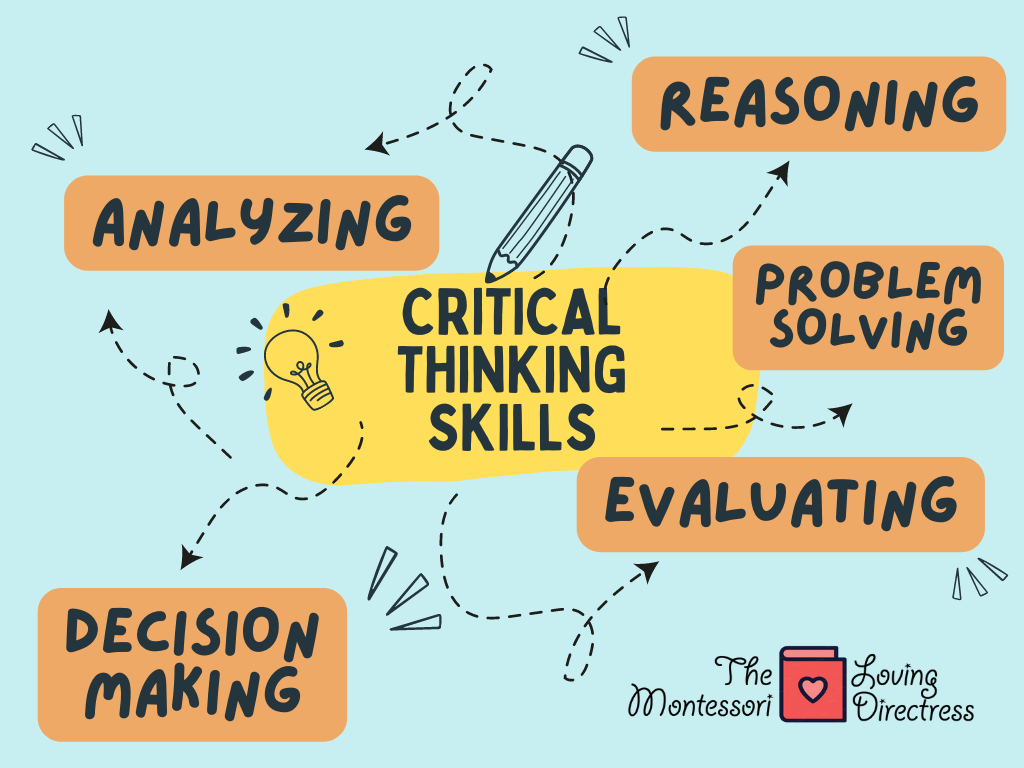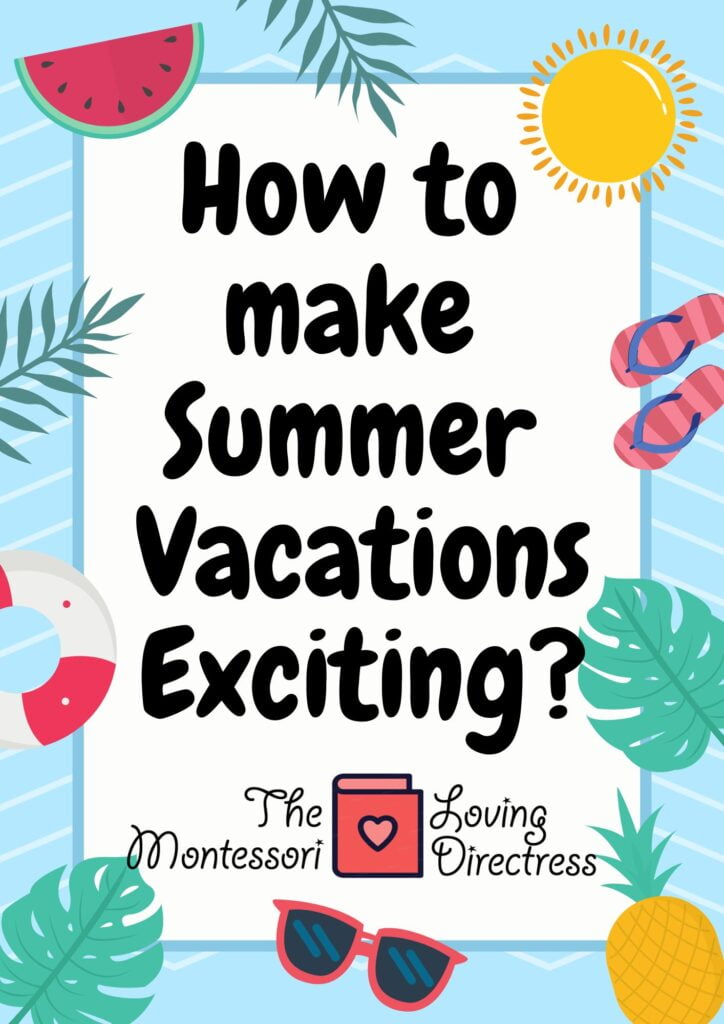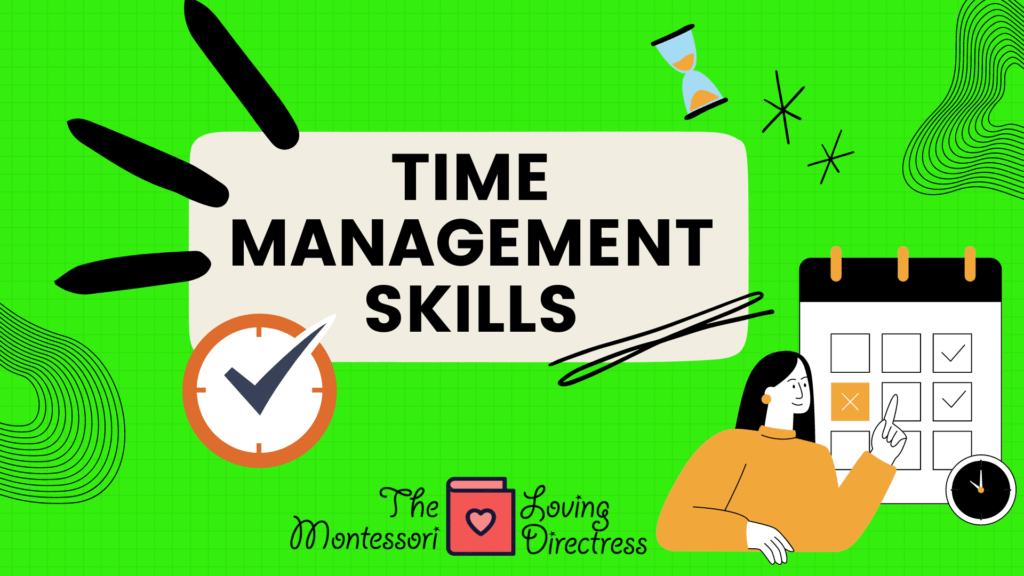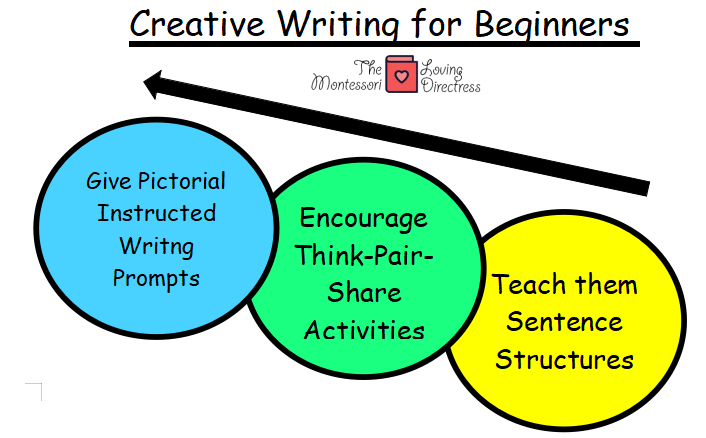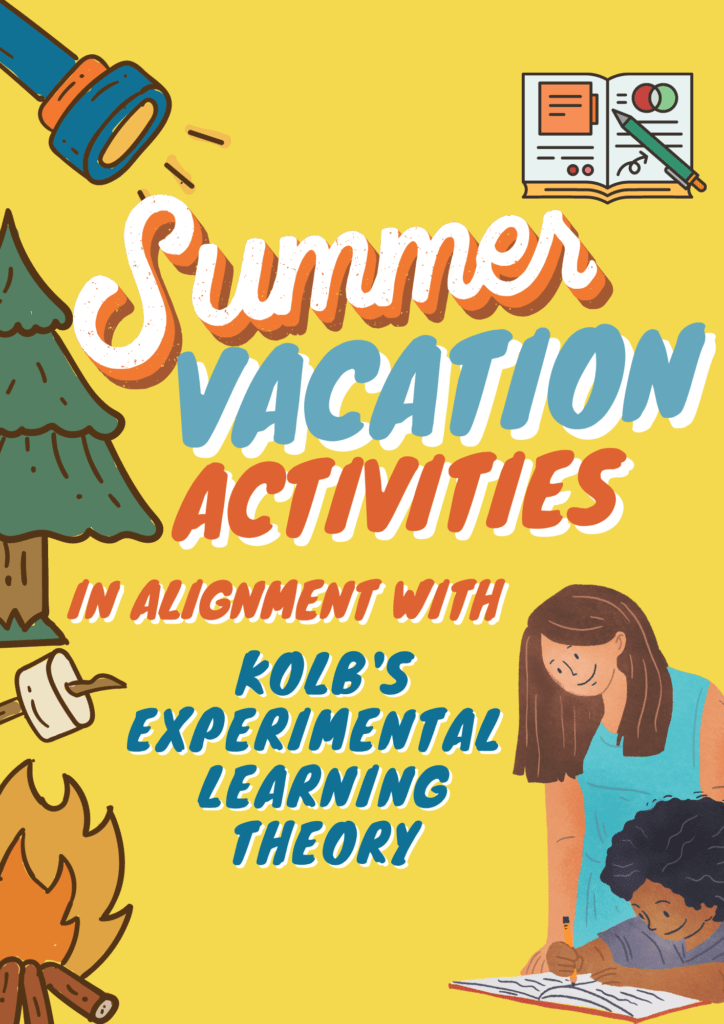How to teach Phonics? (The Basics)
The primary goal of phonics instruction is to help individuals, especially young readers, develop the ability to decode or read words by translating the letters or graphemes into their corresponding phonemes and then blending those sounds together to form words. Phonics instruction is a fundamental component of early literacy education, and it plays a crucial role in helping individuals become proficient readers and spellers.
How to teach Phonics? (The Basics) Read More »

